Perhaps the most important characteristic of the human brain is its neuroplasticity, the ability to adapt to changes and accommodate new movement conditions. A long-held theory in the science of neurology is that the brain is divided into different parts, each responsible for a particular function, but this is not entirely true.
Contrary to popular thought, the brain is not a passive organ made up of distinct functional units, each controlling a specific function of human movement. It is a dynamic organ with different parts responsible for specific regulatory functions, but only when environmental conditions are familiar to the individual.
When a drastic change in environmental conditions for movement occur, parts of the brain that are normally responsible for a particular function can alter their function, so that the entire brain is able to adapt to new movement conditions or challenges.








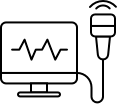

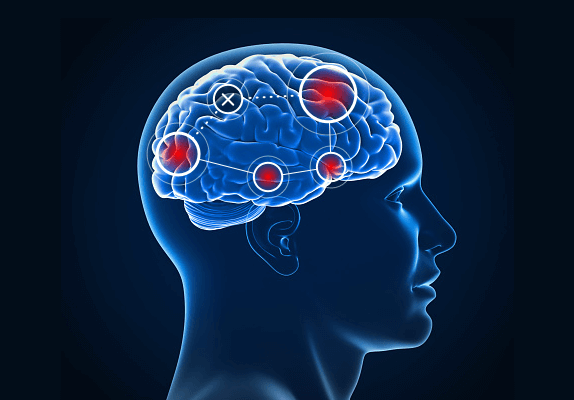
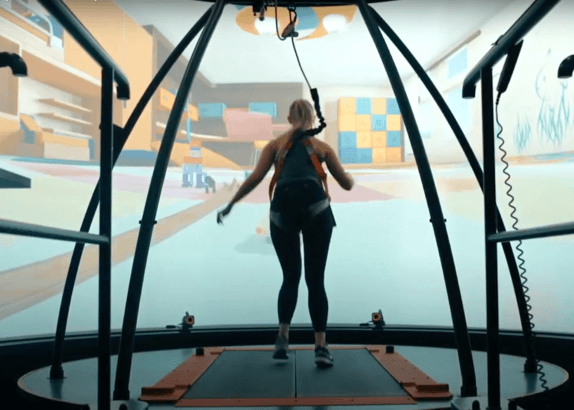
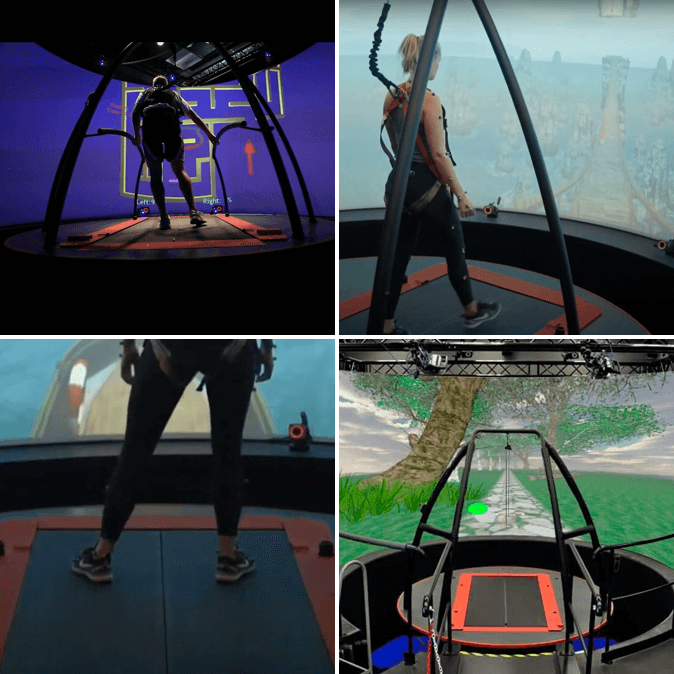
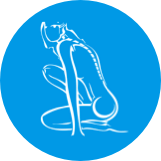
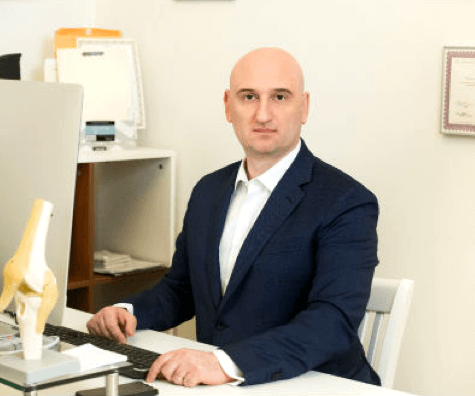
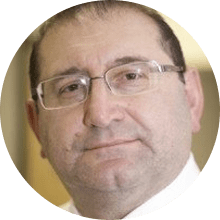 Dr. Mikhail Bernshteyn
Dr. Mikhail Bernshteyn  Dr. Michael Goynatsky
Dr. Michael Goynatsky 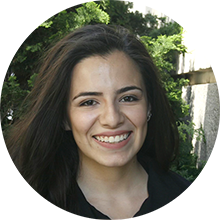 Dr. Daniela Escudero
Dr. Daniela Escudero  Dr. Michelle Agyakwah
Dr. Michelle Agyakwah  Dr. Tatyana Kapustina
Dr. Tatyana Kapustina 

























